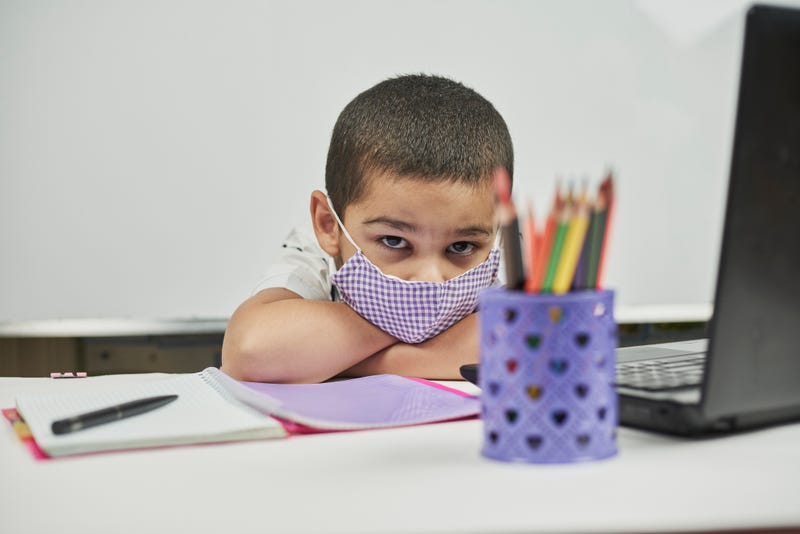
COLLINSVILLE, IL (KMOX) - Most K-12 students are back at school, yet educators say this year is anything but "normal." Virtual learning, hybrid schedules, and COVID restrictions were tough for many students, families and teachers to navigate at the the height of the pandemic, but returning to a regular school day has brought a new set of challenges.

Collinsville School Superintendent, Dr. Brad Skertich, says along with a learning gap for many students, there have been noticeable delays in social-emotional growth.
"A second-grade class, the last time they were in a regular school day, would have been March of 2020. That would have been Kindergarten," Skertich says. "So those students, the last time they had a chance to really get outside and play at recess, or sit in the school cafeteria and have good conversations, difficult conversations, or conflict resolution, they didn't get to grow as much as they would have. And people don't think that recess and the cafeteria is a big deal, but that's a major part of how those children grow over time."
Skertich says for some children, school is a safe place, where they have routines and know they're provided for. He tells KMOX, returning to school from a home where they may have experienced trauma over the last 18 months has increased the need for psychological support. While the district has received federal financial aid, there are not enough available candidates for support staff and counselors.
Educators had anticipated learning gaps as well. Students in the Collinsville School District were sent home in the 4th quarter of the 2019-2020 school year as COVID-19 spread. Last year, students had a mix of virtual and hybrid learning, including shortened school days.
Skertich says teachers at all levels are having to re-invent instruction, "despite their best efforts you cannot go 150 miles an hour and cover material just to cover it, there has to be an understanding. And so there are some learning gaps they have to fill. When we look at those, a 2nd Grade teacher may be filling in the gaps with some Kindergarten skills and some 1st Grade skills."
Skertich says some children are above grade level, some right at grade level, but others are months behind.
"We're not going to catch up every child at grade level this year, that's an unrealistic expectation, but in two to three years we will make that progress," he says.
@2021 Audacy (KMOX). All rights reserved.

